The failure of
Russian propaganda
By Dr Jon Roozenbeek
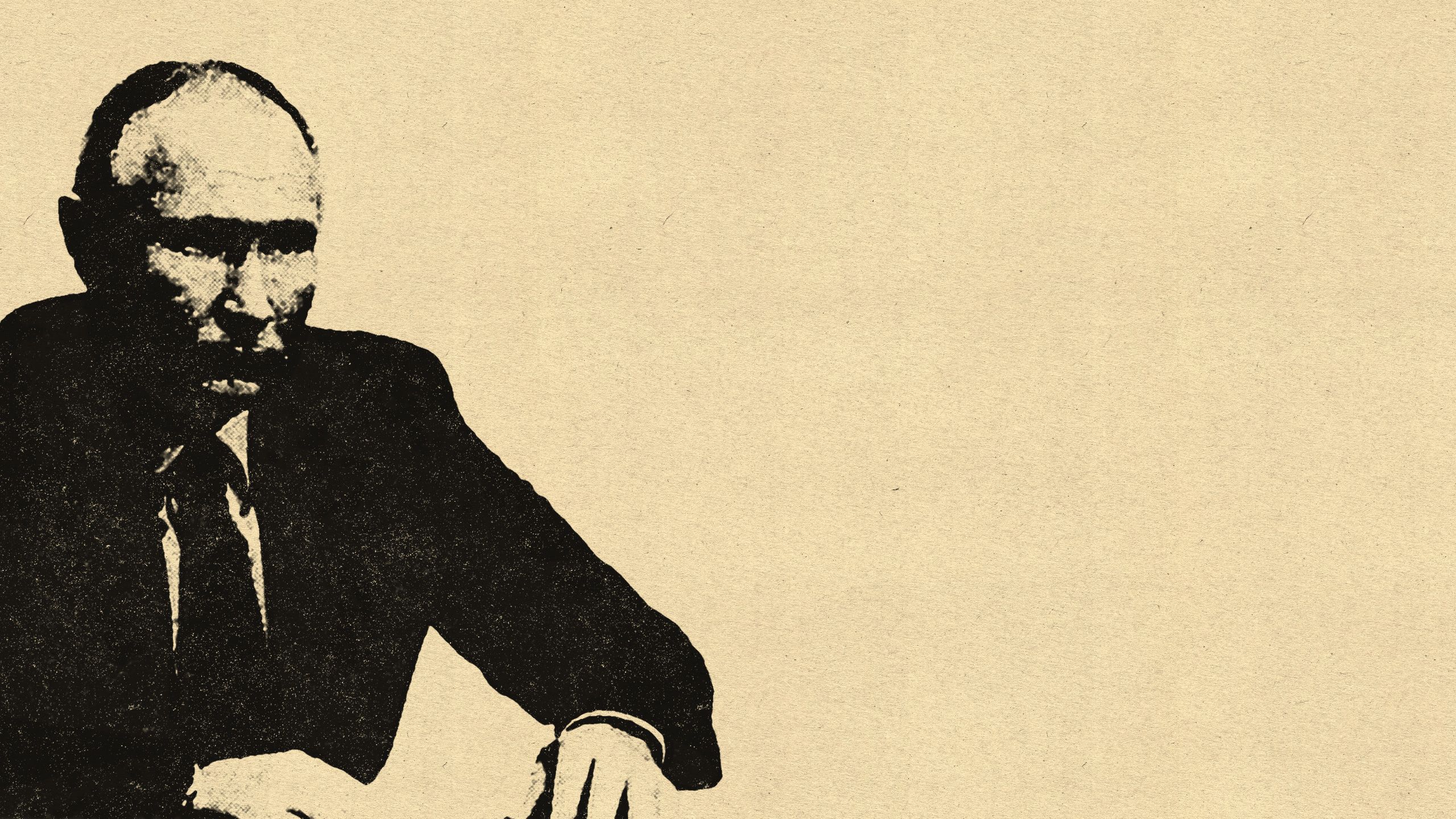
Russia's years-long information war was instrumental in informing Putin's decision to invade Ukraine. This effort has failed to build support for Russia among Russian-speaking Ukrainians, especially in Donbas.
A key example is the myth of “Novorossiya”. The term, which means “New Russia”, is meant to conjure up feelings of a restored Russian empire and righting the historical “wrong” of assigning Russian lands under Ukrainian jurisdiction.
Since 2014, Putin, the Kremlin’s propaganda strategists, and insurgents in the “People’s Republics” of Donetsk and Luhansk repeatedly referred to “Novorossiya” as one of the justifications for Russia’s invasion.
In reality, there never was a Novorossiya. As an ideological project, it has failed to take hold in the minds of those living on its supposed territories in eastern and southern Ukraine, and was abandoned by Russia and the authorities of the “People’s Republics” of Donetsk and Luhansk as soon as it became politically inconvenient.
This failure is a bellwether for the ineffectiveness of Russian propaganda: not only has Russia failed to convince Russian-speaking Ukrainians that they are the victims of “genocide” and that “fascists” control the Kyiv government, it also completely neglected to provide a convincing alternative to Ukrainian nationhood.
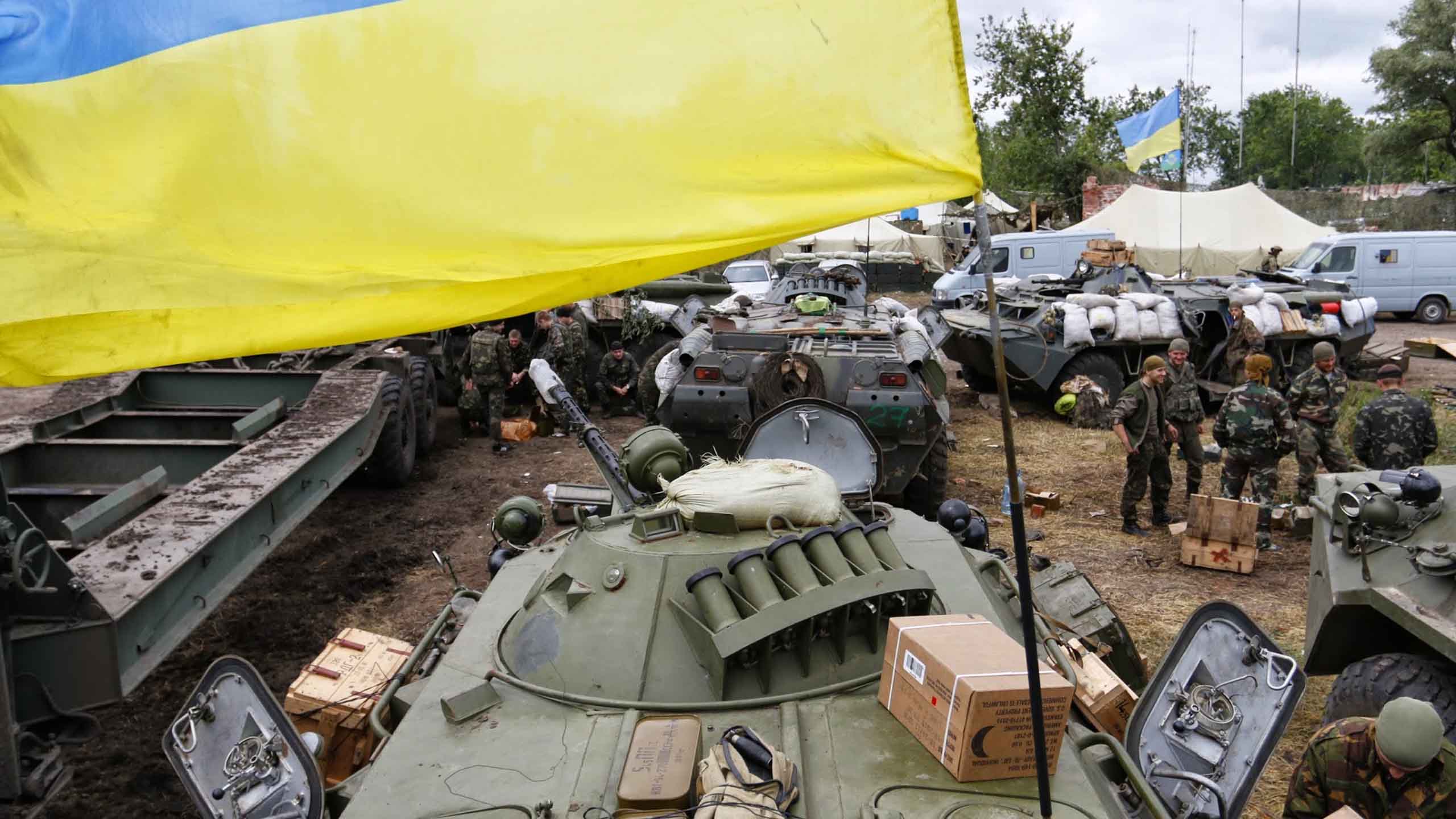
The myth of Novorossiya is seen by some as a powerful motivator for Russia’s years-long meddling in Ukrainian affairs.
Vladimir Putin himself has repeatedly hinted at seeing a future for eastern and southern Ukraine under the Novorossiya banner.
Historically, the term refers to the predominantly Russian-speaking regions north of the Black Sea that formed the “Novorossiya” governorate under Catherine II. After the fall of the Russian Empire, these lands became part of the Ukrainian Soviet Socialist Republic. To some, including Putin, this incorporation of what had been Novorossiya into Soviet Ukraine was a historical injustice.
Novorossiya, however, exists mostly in the minds of a small group of ideologues, and has never held sway over any substantial part of the people who supposedly live there. A 2014 study found that the idea was supported by about 20-25% of people in the Ukrainian oblasts targeted by Putin’s “Novorossiya” project – Odesa, Mykolaiv, Kherson, Dnipropetrovsk, Zaporizhia, Kharkiv, Donetsk, and Luhansk – existing on the political margins within both Russia and Ukraine until 2014 and artificially resuscitated by Russian political engineering.
Attempts by these ideologues to serve up the idea of Novorossiya as a post-hoc justification for the war in Ukraine have all failed in spectacular manner. To understand why, it’s useful to go back to early 2014, during the early stages of the war in Donbas and the emergence of the “People’s Republics” of Donetsk and Luhansk (DNR and LNR).
In March and April 2014, just after the Euromaidan revolution and the annexation of Crimea, demonstrations began to pop up around government buildings in cities around the oblasts of Donetsk and Luhansk. With the help of the Russian armed forces, local militias mounted an insurgency against the Ukrainian authorities, soon gaining control over Donetsk, Luhansk, and several cities and towns in the vicinity of the Russian border. In May, the insurgents proclaimed the Donetsk and Luhansk “People’s Republics”, and held unrecognised (and fraudulent) referenda to claim popular support for their insurgency.
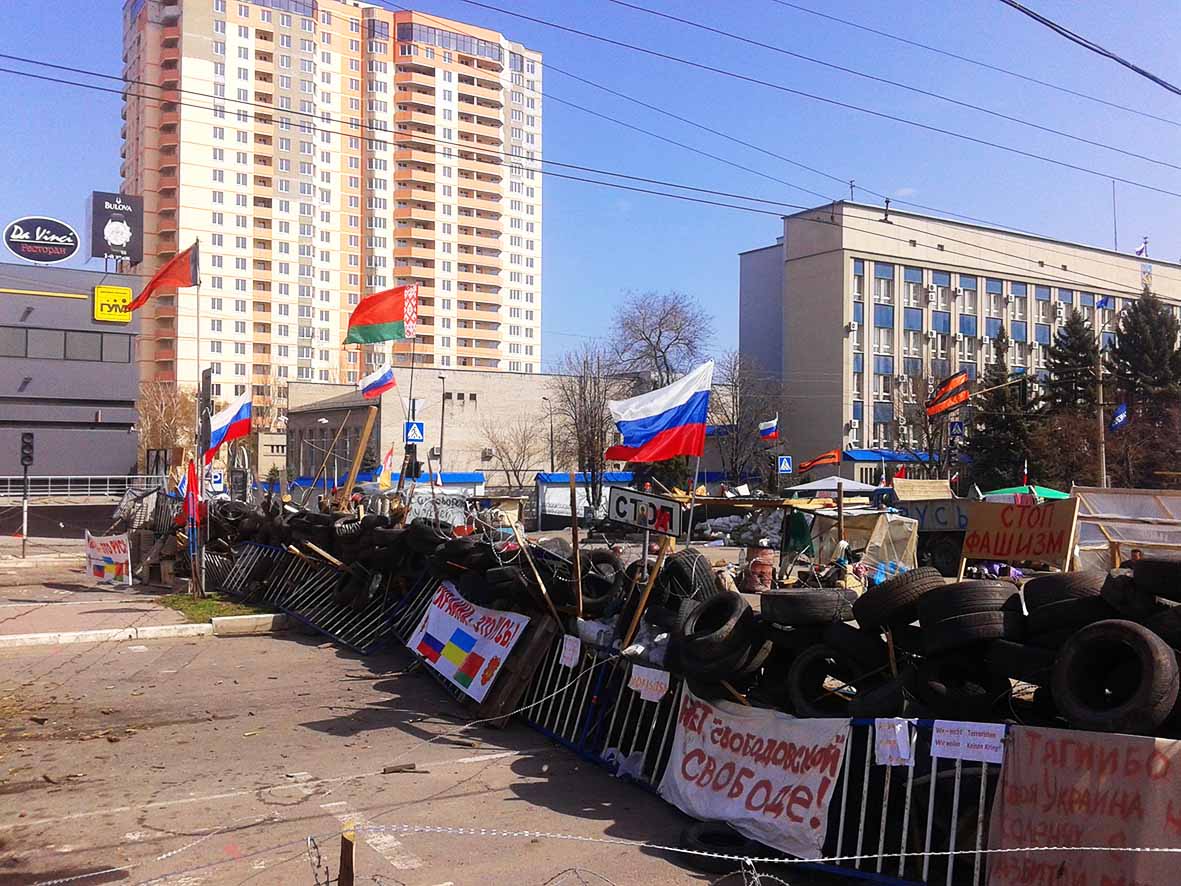
Barricades constructed by Russian-backed secessionists in Luhansk, Ukraine, in the spring of 2014.
Barricades constructed by Russian-backed secessionists in Luhansk, Ukraine, in the spring of 2014.
After these “referenda” showed majority support for separation from Kyiv (whether people were voting for autonomy or outright independence wasn’t clear, as the word that was used on the ballot, samostoiatelnost, has an ambiguous meaning), it became necessary to justify why exactly this separation from the rest of Ukraine was happening. In the early stages of the war, there was therefore quite a bit of room to explore ideological projects.
The first attempt at identity-building came from Pavel Gubarev, a minor figure in Donetsk politics and a former Santa Claus for hire who had declared himself “People’s Governor” of Donetsk at the start of the insurgency.
Gubarev’s vision for the DNR and LNR was that of a new, modern state with an economy focused on science and technological innovation. Culturally, this “Novorossiya” was to be part of Greater Russia and the “Russian World”, with Russian as its state language and Orthodox Christianity as its religious norm.
"The failure of Novorossiya speaks to a broader inability to articulate an ideological justification for the existence of the DNR and LNR both by local politicians and by Moscow"
Jon Roozenbeek
Aleksandr Dugin, a controversial Russian far-right academic and public intellectual known for his anti-Western, anti-Jewish and anti-Ukrainian views, supported Gubarev’s plans. Dugin insisted that Novorossiya become a “special zone of Russian-Cossack freemen”. The goal, he said, was not incorporation into the Russian Federation, but rather the “restoration of the old Russian Empire”. During the first months of the war, the DNR and LNR leadership was united in a desire to bring the two territories closer together under the “Confederation of Novorossiya”.
This desire, however, was short-lived. The downing of flight MH17 in July 2014, which killed 298 passengers and crew, marked the beginning of the end not only for project Novorossiya, but for ideological projects in the DNR and LNR altogether.
Investigations into the cause of the disaster determined that the plane had been hit by a BUK TELAR surface-to-air missile launched from a field that was in DNR militiamen’s hands at the time, and identified the DNR militants involved.
The disaster also highlighted the extent of Russia’s involvement in Ukraine. Investigations by the Joint Investigation Team and investigative journalism website Bellingcat concluded that the missile launch system belonged to the Russian army’s 53rd Anti-Aircraft Missile Brigade.
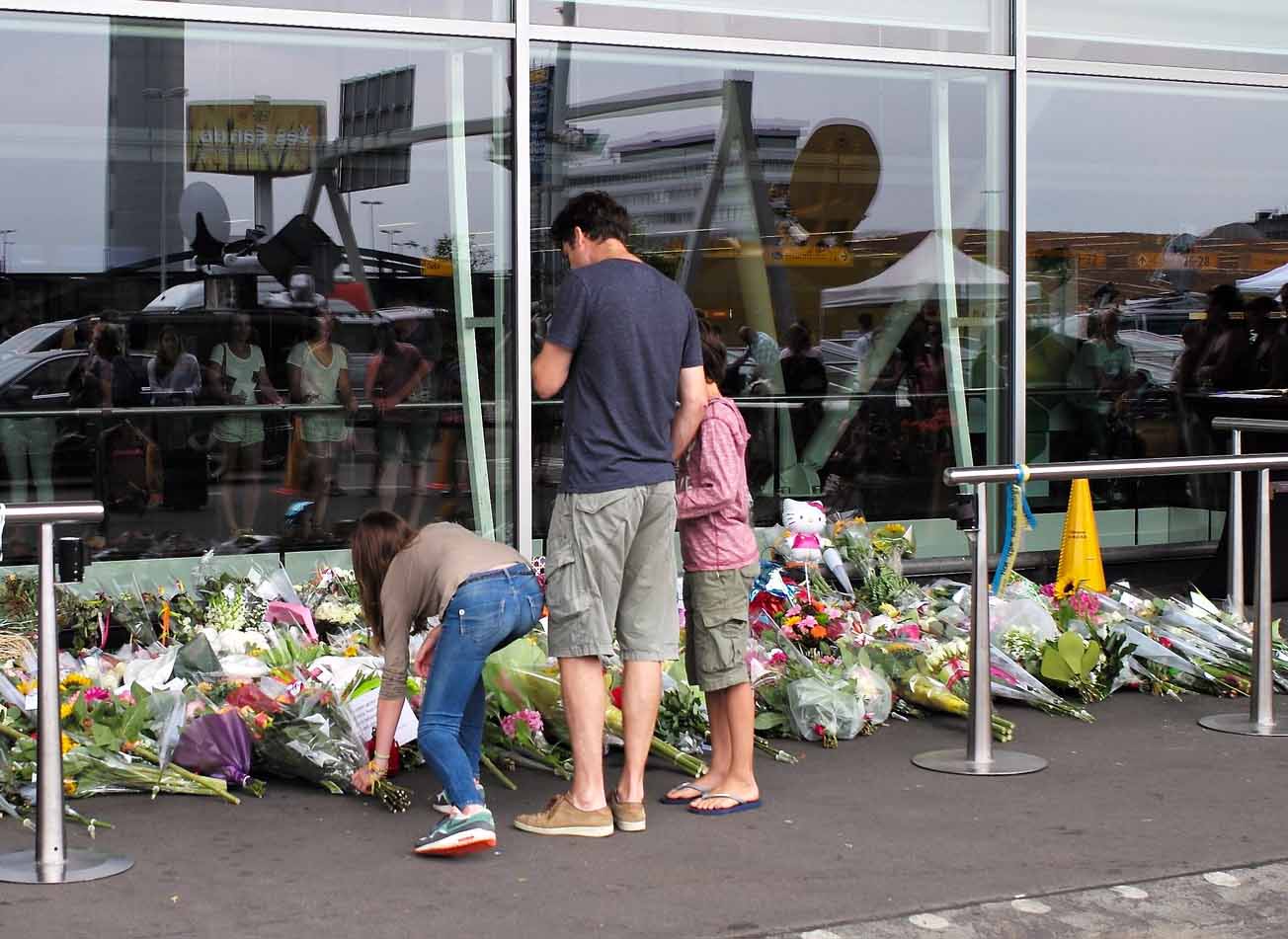
A makeshift memorial outside Amsterdam airport for Flight MH17.
A makeshift memorial outside Amsterdam airport for Flight MH17.
The disaster was a PR nightmare for Russia, and openly supporting the DNR and LNR in their drive for “independence” became a liability. Pavel Gubarev’s star waned as warlords and figures from the Donbas criminal underworld expanded their influence. In October 2014, the car he was driving in was shot at and crashed into a pillar. Gubarev escaped with relatively minor injuries, but both he and his “Partiya Novorossiya” were cast aside. Gubarev’s party was banned for “failing to meet requirements”, clearing the way for political organisations such as “United Donbas”, which had no clear ideological underpinnings.
Gubarev’s ignominious disappearance from the political stage was a death knell for ideological projects in Russian-occupied Donbas. The unification of the DNR and LNR (as well as potentially other parts of Ukraine) under the “Novorossiya” banner became political poison. On May 18th, 2015, DNR foreign minister Aleksandr Kofman announced that the “Confederation of Novorossiya” would cease to exist. The official explanation was that the confederation was not in line with the Minsk Agreements, which did not contain provisions allowing for the independence of eastern Ukrainian territories. This notwithstanding, the LNR and DNR continued to exist and refer to themselves as independent.
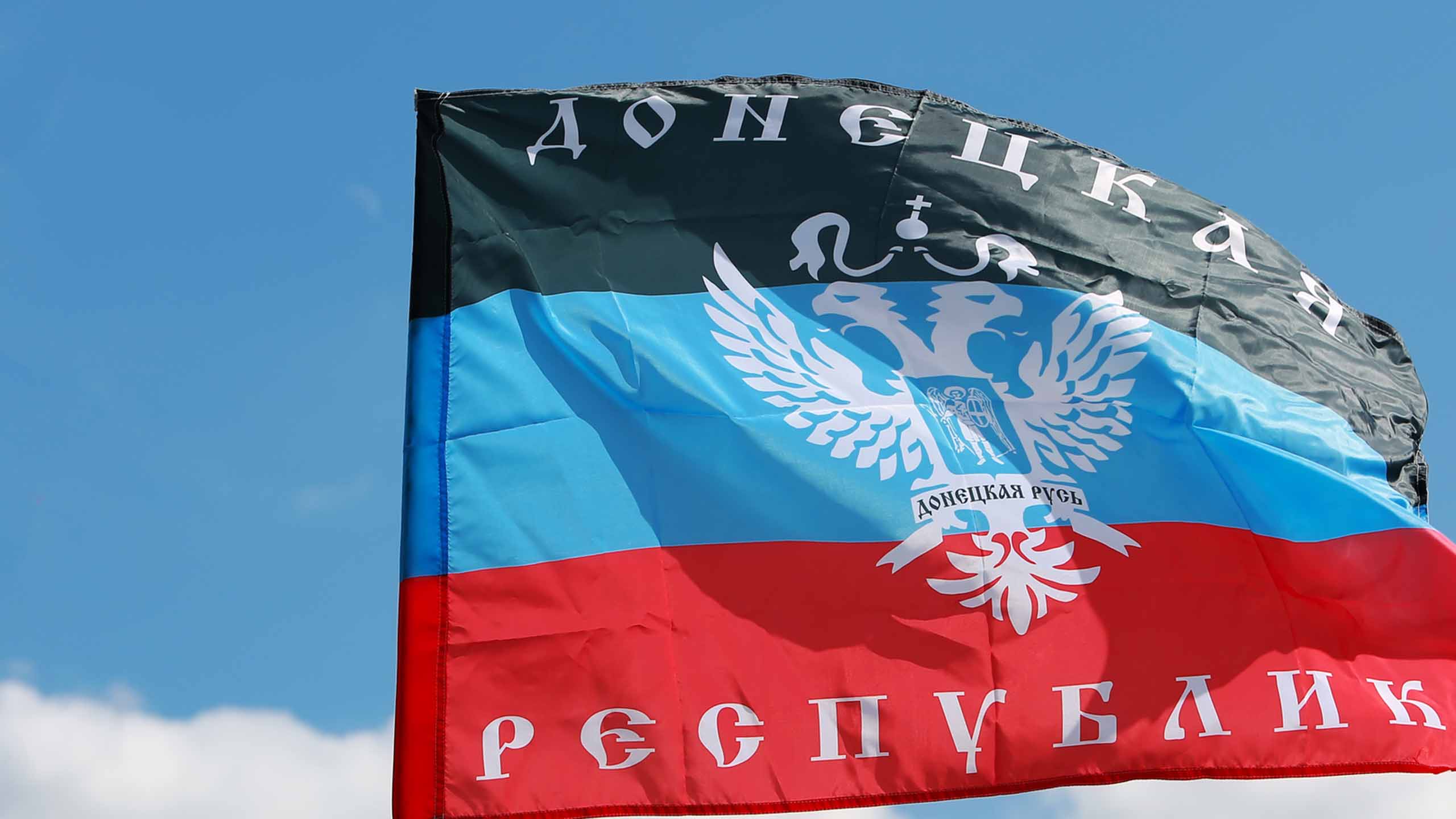
The flag of the so-called "people's republic" of Donetsk.
The flag of the so-called "people's republic" of Donetsk.
In July of 2016, a final attempt was made to revive the Novorossiya project. Valerii Bolotov, who was briefly head of the LNR but was removed from his post after a series of disagreements with other militia leaders, announced a surprise return to politics on Facebook by stating he was asked by Novorossiyan “MPs” to become Speaker of the (defunct) Novorossiya Parliament. Bolotov’s proposal was quickly shot down, with former DNR defence minister Igor Girkin saying that the Novorossiya project had been a “colossal failure for the Kremlin”.
The failure of Novorossiya speaks to a broader inability to articulate an ideological justification for the existence of the DNR and LNR both by local politicians and by Moscow. Opinion polls, going back to the 1991 Ukrainian independence referendum, have long shown almost universal support for remaining part of Ukraine in the country’s predominantly Russian-speaking areas. Even in the DNR and LNR themselves only a minority support becoming part of Russia, despite eight years of propaganda deriding Ukraine as a “fascist” regime.
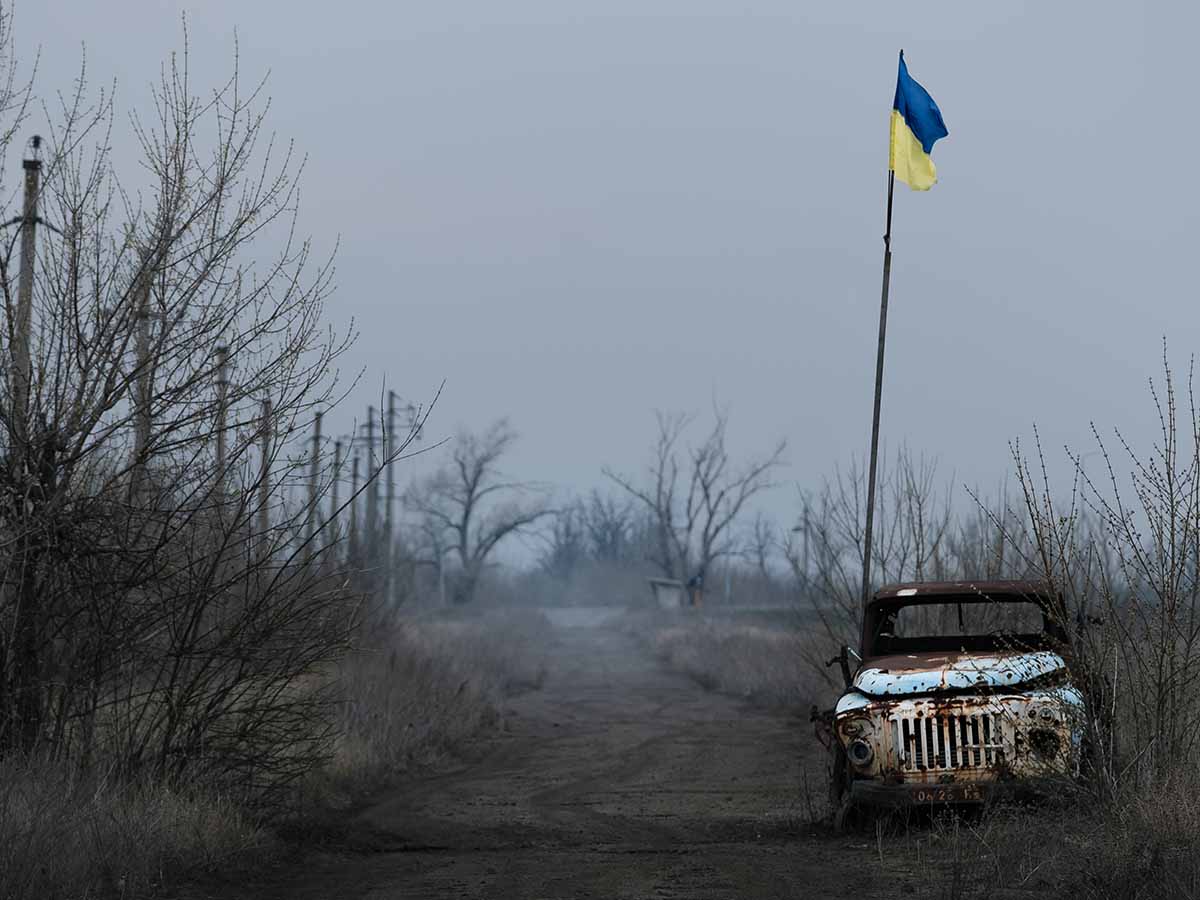
Burned-out car with Ukrainian national flag near the Donbas frontline in 2014.
Burned-out car with Ukrainian national flag near the Donbas frontline in 2014.
Over the last eight years, Russia has failed to provide a convincing alternative to Ukrainian nationhood in eastern Ukraine: the myth of Novorossiya, the principal attempt at justifying the Donbas insurgency from the perspective of identity, never took hold.
The Kremlin's decision to favour outgroup animosity over ingroup identity building, and its vast overestimation of the extent to which its horror stories about "fascists" in Kyiv and alleged Ukrainian atrocities in Donbas promoted pro-Russian sentiments in the region, were key reasons why Russia's invasion has been a strategic, logistic, and military disaster.
Years of Russian propaganda have failed: neither Ukraine nor the West are divided in their condemnation of the invasion, and Putin severely underestimated the strength of Ukraine’s national identity.
Read Jon Roozenbeek's research here.
Read Jon Roozenbeek's research here.
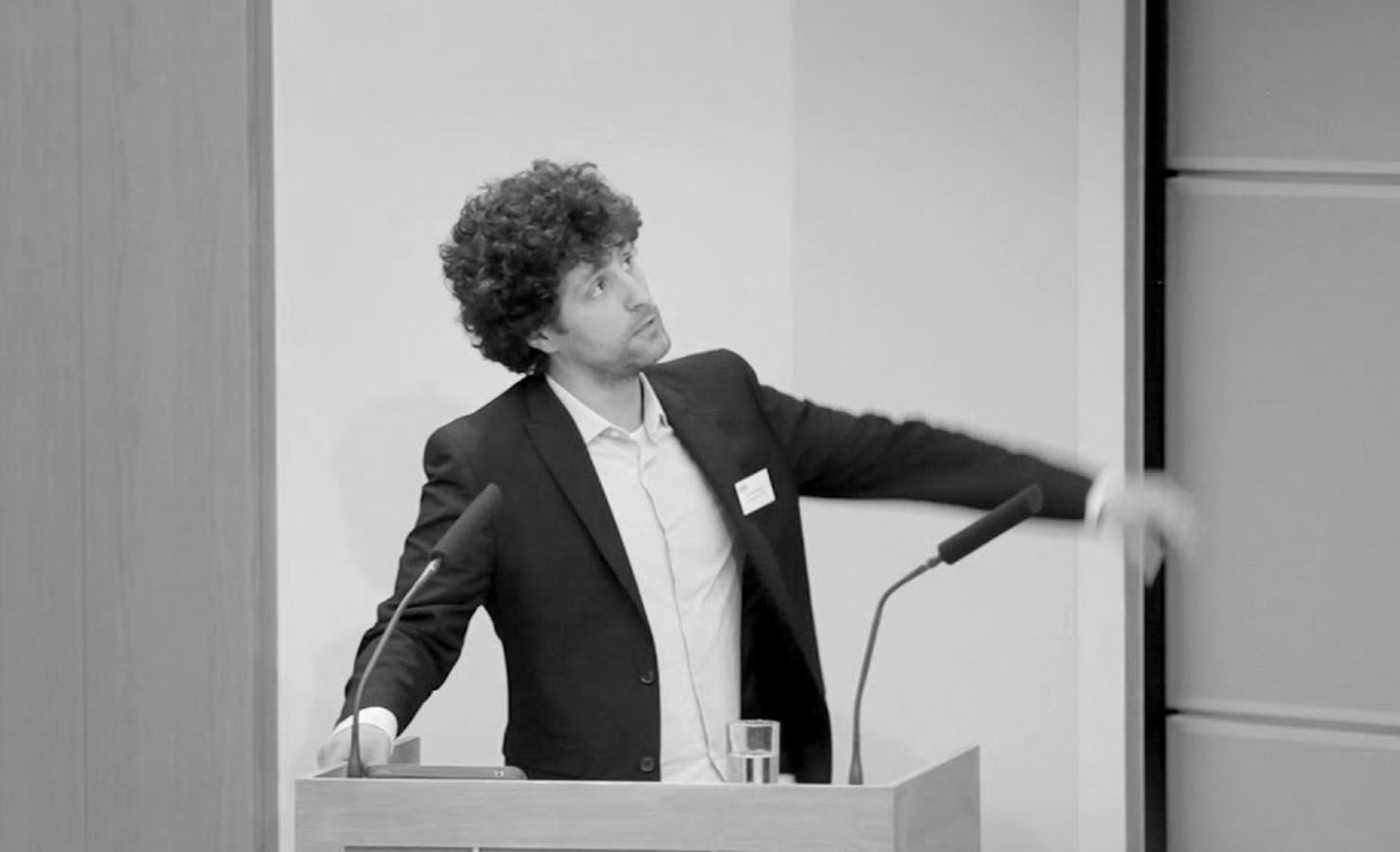
Dr Jon Roozenbeek is the British Academy Postdoctoral Fellow at the Cambridge Social Decision-Making Lab. His research focuses on misinformation and online extremism and inoculation theory. His doctoral dissertation (University of Cambridge, 2020) examined media discourse in Donetsk and Luhansk.
Image credits (top to bottom):
Impression of Putin. Marco Constantinou.
Ukrainian troops in Donbas in 2014. Wikimedia.
Barriers in Luhansk. Wikimedia
Flight MH17 memorial. R Boed (CC).
Donetsk flag and Donbas frontline. Getty images.

